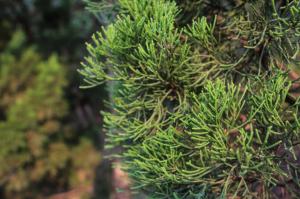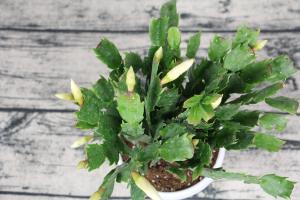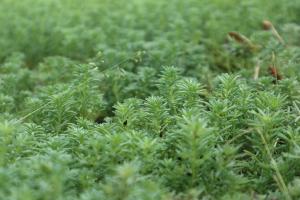Introduction
Tomato plants are one of the most popular plants grown in home gardens. Despite their relative ease of cultivation, tomato plants can occasionally develop problems, such as yellowing leaves. In this article, we will explore the reasons why tomato plant leaves turn yellow and how to prevent and treat this issue.
Nutrient Deficiency
One of the most common reasons why tomato plant leaves turn yellow is due to a nutrient deficiency. Tomato plants require specific amounts of nitrogen, phosphorus, and potassium to remain healthy and produce fruit. When these nutrients are lacking, the foliage can begin to yellow. A lack of nitrogen will cause the leaves to yellow starting from the bottom of the plant, while a lack of potassium causes yellowing on the edges and tips of the leaves.
Disease
Yellowing leaves can also be an indication of disease in tomato plants. One disease that causes yellowing of the leaves is tomato mosaic virus. The virus stunts the growth of the plant and causes yellow or mosaic-like patterns on the leaves. Another disease that can cause yellowing is verticillium wilt. This disease attacks the plant's vascular system, preventing it from accessing water and nutrients. The foliage on infected tomato plants turns yellow and wilts.
Environmental Stress
Environmental stress can also cause tomato plant leaves to turn yellow. Tomato plants can experience stress from high temperatures, drought, or excess watering. When plants are in these conditions, they are unable to absorb nutrients properly, which can cause yellowing leaves. Overwatering can also contribute to the problem, as it can reduce the oxygen in the soil and prevent the plant from taking up necessary nutrients.
Pest Infestation
Pests, such as spider mites or aphids, can cause yellowing of tomato plant leaves. These pests feed on the plant's sap, causing the foliage to turn yellow and eventually fall off. One of the telltale signs of insect infestations is tiny webs on the undersides of the leaves or visible insects.
Treatment and Prevention
The best way to prevent tomato plant leaves from turning yellow is to maintain proper care of the plant. This includes ensuring that the plant has plenty of nutrients, is receiving proper watering, and is not under environmental stress. If yellowing does occur, it is essential to identify the cause and treat accordingly. For nutrient deficiencies, fertilization can help provide the necessary nutrients. For diseases, infected plants should be removed, and the surrounding soil should be sterilized. For environmental stress, it is essential to reduce the plant's exposure to stressors, such as high temperatures or excess watering. If pests are the cause, treatment can involve insecticidal soap or neem oil.
Conclusion
Tomato plants are an excellent addition to any home garden, but it is essential to understand why their leaves can sometimes turn yellow. By maintaining proper care, identifying the cause of yellowing, and treating accordingly, gardeners can ensure that their tomato plants remain healthy and productive.

 how many times do yo...
how many times do yo... how many planted tre...
how many planted tre... how many pine trees ...
how many pine trees ... how many pecan trees...
how many pecan trees... how many plants comp...
how many plants comp... how many plants can ...
how many plants can ... how many plants and ...
how many plants and ... how many pepper plan...
how many pepper plan...































